Highland Council is planning a radical review of how it funds and delivers education to children who need additional support for learning (ASL).
The council has worked with head teachers to deliver a new formula that will allocate ASL funding to its schools. This formula will take account of factors like the size of the school, poverty levels and rurality.
At the same time, it’s following national guidance in moving towards a ‘presumption of mainstreaming’. This means that wherever possible, pupils with ASL should be educated within mainstream school. As a result, Highland Council will review the admissions process for its special schools.
The proposals will go to the council’s education committee on February 15. The report states that Highland ASL funding is among the highest in Scotland, but the council needs a better way of sharing it out across schools.
Nearly half of Highland pupils need additional support for learning
The number of pupils with additional support needs has increased in Highland and throughout Scotland. In the Highlands, 43% of pupils need some form of additional support for learning.
In the majority of cases, that’s emotional, social and behavioural support, as opposed to a diagnosed condition. This extra support may be short-term, such as following a bereavement, or long-term.
Last year, a special investigation by The P&J revealed families across the Highlands and north-east struggled to get the support they need for their child.
Highland Council says it’s working on delivering extra training to mainstream classroom teachers, to boost their confidence in supporting pupils’ wellbeing.
Scottish Government policy is to support children wherever possible within mainstream school. If a pupil needs more help, they can access ‘enhanced provision’ at both primary and secondary level across the Highlands.
For children with more complex needs, Highland has three special schools: Drummond in Inverness, St Clement’s in Dingwall and St Duthus in Tain.
However, the council is now looking at how it manages admissions to all its additional support settings, to bring it in line with the ‘presumption of mainstreaming’.
New algorithm will decide on school funding
In theory, mainstream schools will have the financial resources and specialist teachers they need to deliver additional support for learning.
However, Highland head teachers have said that the current approach to the budget isn’t working.
The report for education committee states that Highland ASL funding is among the highest in Scotland. It goes on: “The level of resource is not the issue but
feedback from head teachers indicates that the distribution methodology is
not the best fit for the Highlands.”
Instead, the council says it has worked with head teachers on a new algorithm. This will allocate funding based on the school roll, the Scottish Index of Multiple Deprivation (SIMD), the number of pupils eligible for clothing allowances, and rurality.
Yet many commentators believe SIMD is a blunt instrument in measuring poverty in rural areas like Highland.
Importantly, head teachers will be able to alter the funding at a local level, between schools in their area. This will build in some flexibility, which teachers say is much needed.
However, ASL funding has proved a difficult nut to crack for Highland Council in the past. These proposals are likely to spark debate when they go before councillors at education committee on February 15.
Are you interested in more exclusive and breaking Highland and Islands news from the P&J? If so, why not join our dedicated Facebook page HERE

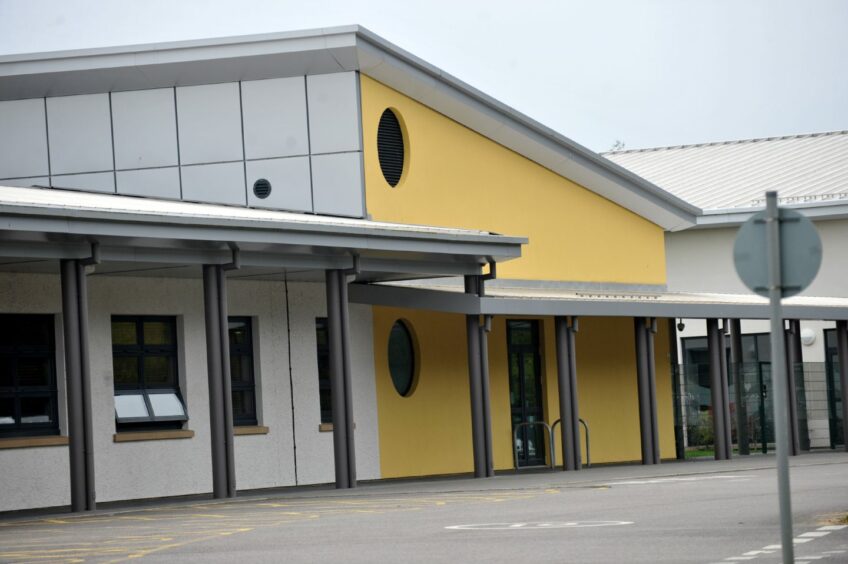

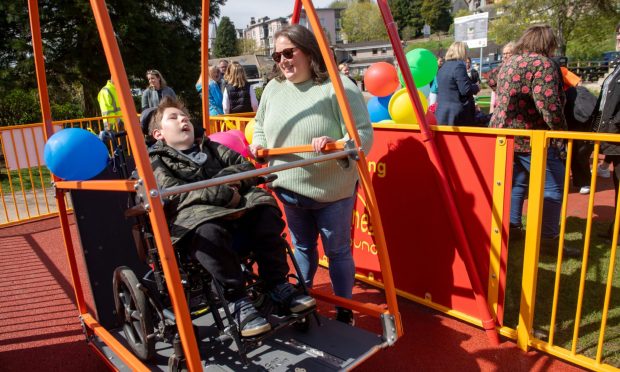



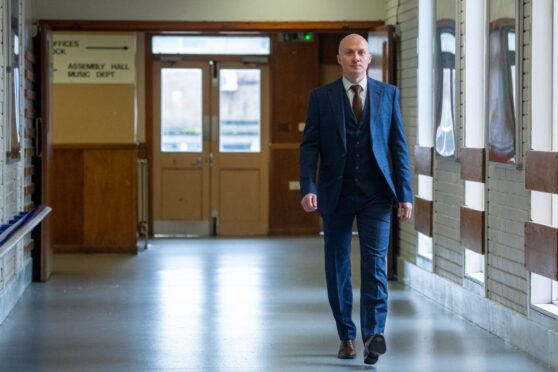
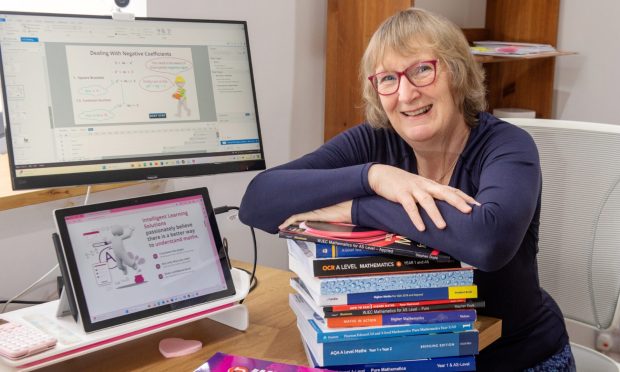
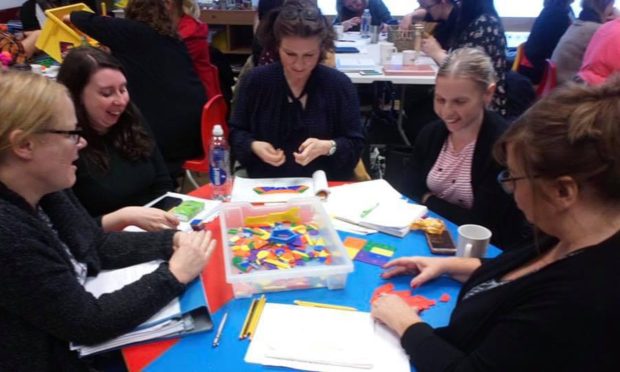


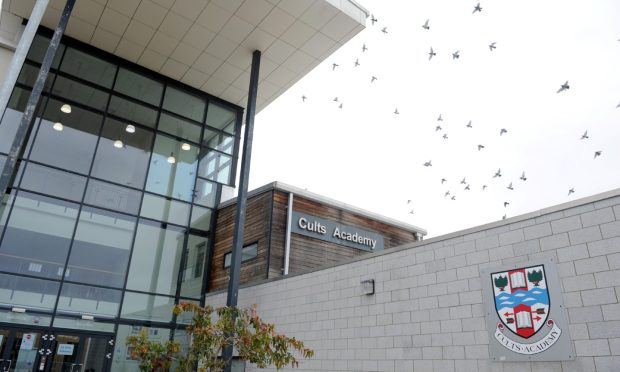
Conversation